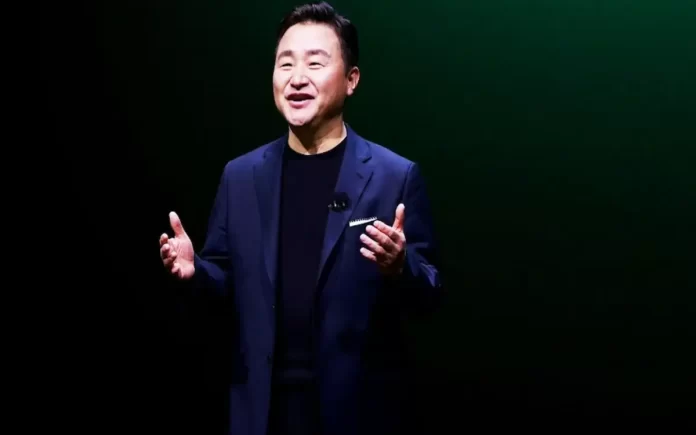Seoul: In a compelling editorial titled “Welcome to the Era of Mobile Era”, Dr. TM Roh, President & Head of MX Business at Samsung Electronics, reflects on the profound impact of artificial intelligence (AI) on the tech landscape, particularly evident in the development of the Galaxy S24 series.
Reflecting on his career, Roh shares, “Developing the Galaxy S24 series has been the most rewarding period of my career. As an engineer, I have witnessed many examples of incredible innovations, but AI is the most transformative technology of the century.”
Roh emphasizes the seismic potential of AI, stating, “Few engineers get the chance to be involved in something with such seismic potential. It brings great change, not only for Samsung and the mobile industry but for all humankind.”
Expanding beyond smartphones, Samsung is integrating AI across various device categories to enhance digital health and provide users with intelligent experiences, as seen with the upcoming Galaxy Ring, set to launch in the second half of 2024.
The Galaxy S24 series, launched in January, introduced a range of Galaxy AI features, including real-time call translation, Photo Assist, wallpaper generation, Circle to Search, and Chat Assistant. These features are now set to expand to other devices such as the Galaxy Buds2, Buds2 Pro, S23 series, S23 FE, Z Fold 5, Z Flip5, and Tab S9 through future software updates.
Samsung is committed to providing Galaxy AI features at no cost until 2025 on eligible devices, while different terms apply to third-party AI features.
Roh envisions mobile devices becoming the primary gateway to AI, stating, “Galaxy AI helps people communicate beyond borders, complete everyday tasks easily, and so much more.” He emphasizes the potential of AI to enrich lives and inspire societal progress.
Samsung’s approach to AI is hybrid, utilizing both on-device computing and cloud-based capabilities. Roh positions the Galaxy S24 as the epitome of AI-driven innovation, acknowledging the ongoing debate surrounding intellectual properties and the vulnerability of AI models to hallucinations during training.



